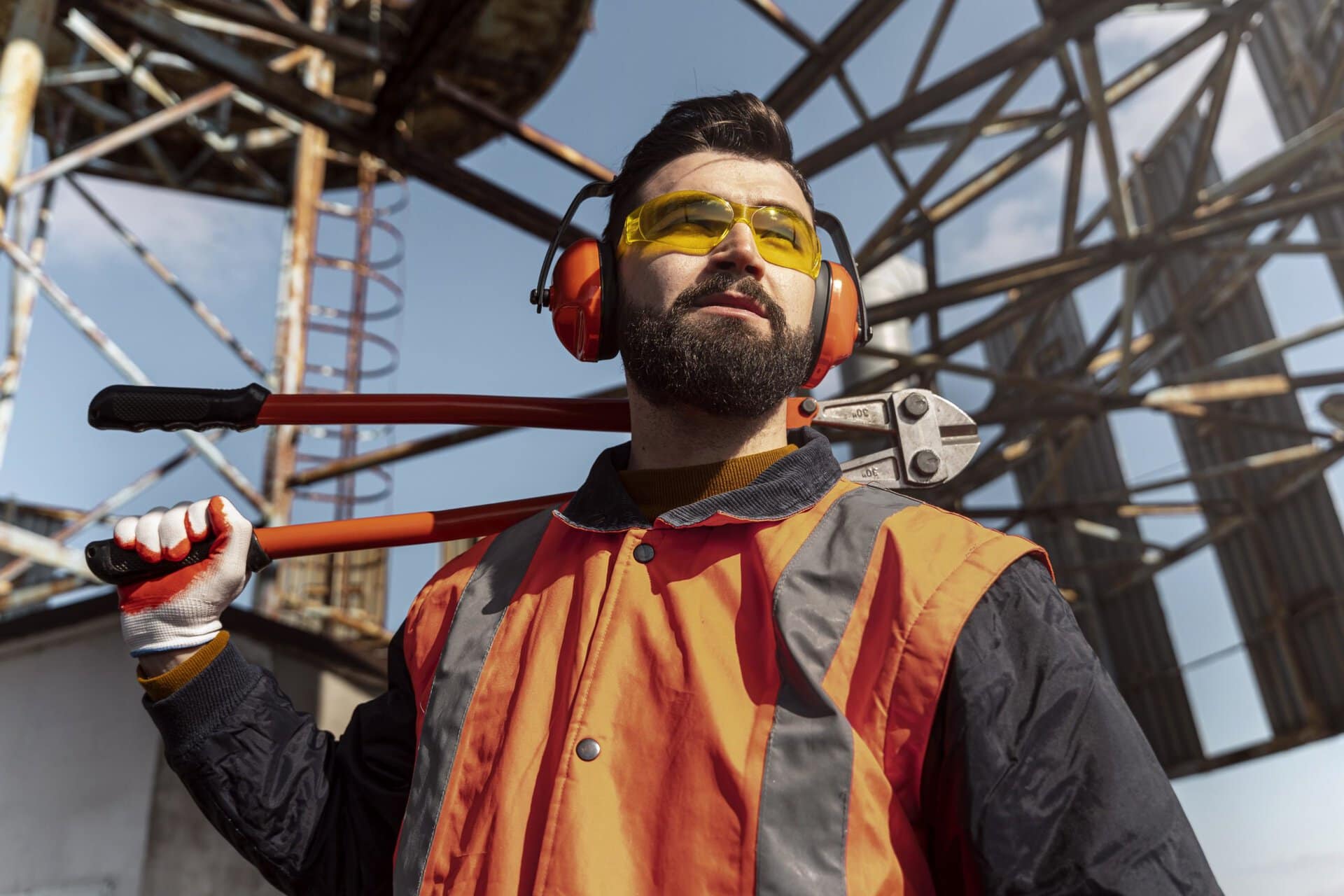Labor Shortage: Navigating the Challenges in the Construction Industry
The construction sector continues to struggle with a shortage of skilled labor, a challenge that seems to be deepening with time. Businesses find it increasingly difficult to retain workers, prompting them to explore alternative methods to fulfill project requirements.

Estimates suggest an additional 501,000 laborers will be required this year alone to meet the escalating demand. Looking ahead to 2025, the industry may need to attract approximately 454,000 new workers, assuming no growth in construction spending.
Around 70% of companies are encountering difficulties finding adequate staffing. So, what are the underlying causes of this problem?
Why Is This Happening?
Several factors contribute to the labor shortage:
- Expanded job opportunities: The proliferation of job alternatives, including remote work, offers workers perceived advantages in terms of safety and flexibility compared to the construction sector. Consequently, many opt for alternative career paths instead of returning to construction.
- An aging workforce: The current construction labor force is aging, with an average age of 42.5. Approximately 41% of these workers are expected to retire within the next eight years, leading to a substantial loss of experienced personnel.
- Lack of interest among youth: Less than 3% of today’s youth express interest in pursuing careers in construction, signaling a lack of appeal for the industry among younger generations.

How Can This Challenge Be Addressed?
Here are some strategies for companies to consider:
- Improve hiring practices: Upgrade job descriptions, leverage modern recruitment tools for broader outreach, explore referral and social media recruitment, streamline the application process, and emphasize incentives to attract top talent. Implementing online interviews and utilizing technology to streamline the recruitment process can facilitate easier access for prospective candidates.
- Offer enhanced incentives: Increase compensation and introduce performance-based financial rewards, recognizing that monetary incentives remain a significant motivator. Investing in state-of-the-art equipment and tools to improve job safety and efficiency can also enhance the attractiveness of job opportunities.
- Cultivate a positive work culture: Foster a safe and inclusive work environment where employees feel valued and take pride in their roles, and prioritize comprehensive onboarding processes. Statistics show that only 69% of companies have a formal onboarding program for employees across the company, and 53% have an onboarding of less than seven days, which is not enough. Most businesses do not pay attention to this process and underestimate its importance despite 69% of workers saying they are more likely to be with a company that pays attention to the onboarding process.
- Invest in training programs: Provide robust training initiatives to upskill existing employees and prepare new recruits for their roles. Offering opportunities for professional growth attracts prospective workers and fosters loyalty among current staff. Moreover, investing in training can mitigate workplace risks, thereby reducing injuries and associated costs.
A major reason people stay away from construction is the risks involved. The industry has a high rate of workplace injuries, which is negative for the employee and their family and also costs companies a lot of money. Injured workers not only miss work, but they also end up costing billions, with workers’ compensation costs per year standing at about $11.5 billion.

Exploring Innovative Solutions: Artificial Intelligence (AI)
AI technologies offer a range of potential benefits for the construction sector. By automating repetitive tasks and streamlining processes, AI can augment human efforts and enhance productivity. For example, drones and robots are increasingly being deployed to execute tasks efficiently, reducing the reliance on manual labor.
Moreover, AI can critically analyze construction plans to identify potential problem areas and optimize project workflows. By leveraging AI-powered insights, companies can improve project efficiency and reduce risks, ultimately leading to safer and more cost-effective construction practices.
We’re entering the future, and companies are already using this technology to change the industry. For example, robots with 3D cameras were recently used to scan 50,000-foot floors in only a few minutes, a task that typically required several humans and a handful of workers.
While AI presents promising opportunities for the industry, it’s important to recognize that these technologies are not intended to replace human workers entirely. Instead, they complement human expertise, allowing workers to focus on more complex and value-added tasks.
As the construction industry embraces the potential of AI, it stands poised to revolutionize traditional practices and address longstanding challenges. By harnessing the power of AI alongside other proactive measures, companies can navigate the labor shortage more effectively, needing to pull up their socks and find ways to attract and retain the best talent.

Growing up in a family of masons, Matt DiBara‘s passion for the construction industry was instilled in him from a young age. At just nine years old, Matt began working alongside his father, learning the importance of a strong work ethic and commitment to craftsmanship.
As he matured, Matt’s admiration for his father’s dedication and the challenges faced by contractors inspired him to co-found The Contractor Consultants. This innovative company aims to revolutionize recruitment for contractors and help construction companies embrace modern technology, improving their operations and work-life balance. Their services, including a comprehensive 63-module Contractor Hiring Course and an Outsourced Hiring Service, support contractors in building better teams and enhancing work-life balance. In partnership with Indeed, ZipRecruiter, and Angi, The Contractor Consultants offer efficient recruitment solutions for the construction industry.